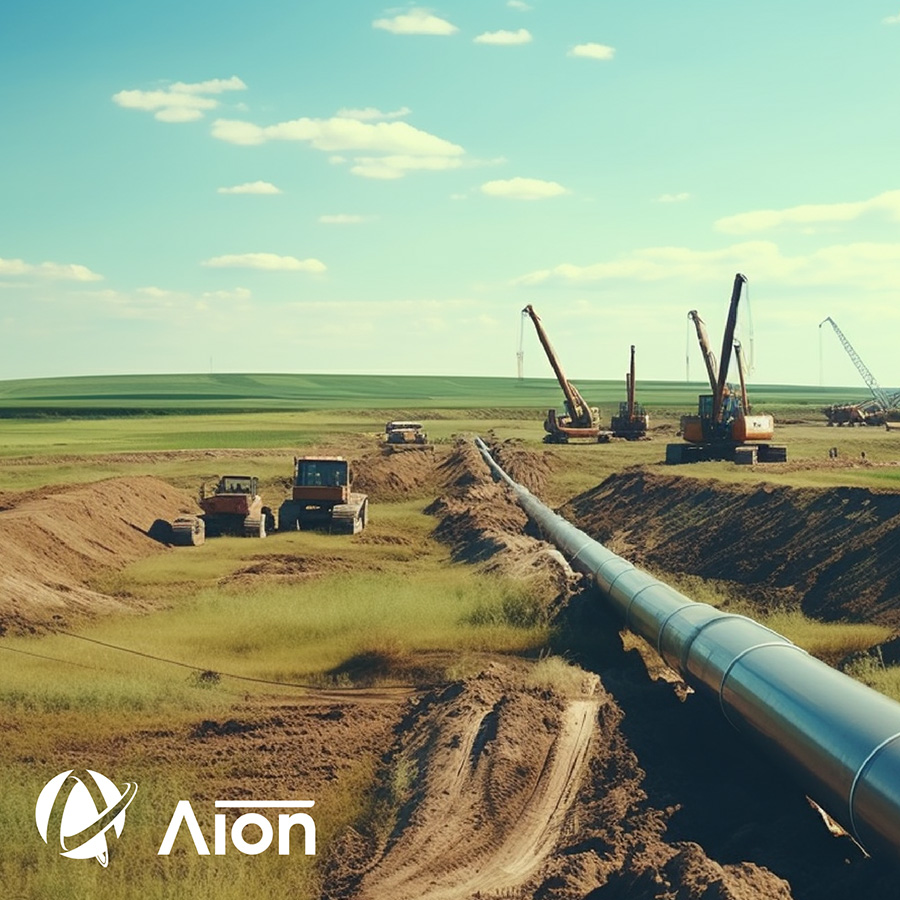Summary
A pipeline cathodic protection system is designed to prevent corrosion and ensure the integrity of underground or submerged pipelines. Corrosion is a significant threat to pipeline infrastructure, as it can lead to leaks, structural damage and costly repairs. The cathodic protection system works by applying a direct current to the pipeline, which shifts the electrochemical reaction and prevents the pipeline from corroding.
There are two main types of pipeline cathodic protection systems: impressed current systems and galvanic (sacrificial anode) systems. Impressed current systems use an external power source to apply a controlled DC current to the pipeline, while galvanic systems utilise sacrificial anodes made of more reactive metals that corrode (sacrifices itself) instead of the pipeline. The choice of system depends on factors such as the size of the pipeline, soil resistivity, coating condition, AC/DC interference and expected corrosion environment.
Evaluating the Cost-Effectiveness of Pipeline CP System
Evaluating the cost-effectiveness of a pipeline cathodic protection (CP) system is crucial for pipeline owners and operators to make informed decisions regarding their corrosion control strategies. A cost-effective CP system balances the initial investment, ongoing maintenance costs and the potential savings from preventing corrosion-related damage and repairs.
Overall, evaluating the cost-effectiveness of a pipeline CP system requires a comprehensive analysis of initial installation costs, ongoing maintenance expenses, the potential savings and benefits associated with corrosion prevention. It is crucial to consider the specific characteristics of the pipeline, the corrosive environment and the long-term implications of investing in an effective CP system. By conducting a thorough evaluation, our clients can make informed decisions to protect their assets, reduce costs and ensure the integrity and longevity of their pipeline infrastructure.


